How Long Does a Portable Power Station Last?
Renewable power stations are a lifesaver to campers, teleworkers, and any individuals who need to access energy without compromising power and the quality of their energy source. A portable power station can be used whether you are camping, the power goes out, or you need a backup source of power to run tools and other devices. How long does a portable power station last? It is one of the common questions asked by potential buyers.
Also, knowing how long runtime and lifespan a portable power station will last is imperative to finding the right model and determining whether it will fit your power requirements adequately. In this article, we will dig deeper into what determines the life span of portable power stations, the duration of time it may last before another charge is needed, and how to get the most out of it. We will also point out popular models of Aferiy that have a reputation for durability and performance.

How Long Does a Portable Power Station Last?
The response is based upon two important definitions, which are runtime and lifespan.
The runtime is the amount of time it takes a portable power station to charge your gadget without requiring a refuel.
The word lifespan represents the number of charge cycles or years during which a battery is capable of working efficiently before its capacity can drastically drop.
The runtime varies with use; most portable power stations have a runtime of a few hours to more than a day, depending on the use. The Aferiy P210 Portable Power Station is among those. The standard measure of lifespan is hundreds to thousands of charge cycles, which equates to several years of reliable operation.
What Affects How Long a Portable Power Station Lasts?
Several operation and maintenance parameters determine the runtime and the life span of a portable power cycle:
Battery Capacity and Type
The run time of the battery is directly proportional to the larger size (in terms of watt-hours, Wh). As an example, the Aferiy P310 Portable Power Station has a high 3840Wh capacity, which allows for longer use than those with smaller capacities, such as the Aferiy P110-D with 960Wh.
Longevity also depends on the chemistry of the battery, i.e., lithium-ion battery or lithium iron phosphate (LiFePO4). LiFePO4 batteries generally will last longer, and the charge/discharge cycle is much higher.
Power Consumption
The rate at which the battery of the station drains varies with the amount of power taken by the connected devices. Appliances with higher consumption, e.g., refrigerators, Power tools, etc., will deplete the battery quicker than the phone, laptop, etc.
Environmental Conditions
High temperature (grave cold or hot) can lead to poor performance of the battery and may reduce its life span. The best storage and use conditions will facilitate the best performance.
Charging Habits
Overcharging or partial charging can lower the health of batteries as time passes. Due to the option of a longer lifespan, you should follow the instructions of the manufacturer on the question of charging.
How Long Can You Use a Portable Power Station on One Charge?
The battery life depends on the load of the device and its capacity. Here's an example using Aferiy power station:
Aferiy P110-D Portable Power Station 960Wh will charge gadgets such as smartphones, tablets, LED lights, and many others for a few hours to the whole day, depending on the gadget used.
Aferiy P210 Portable Power Station (2048Wh) is in the middle of the range, with power that may last longer to power even big devices or many small ones that might operate up to 10 hours to 20 hours and above with moderate use.
The high-performance Aferiy P310 Portable Power Station 3600W can power heavy-duty appliances, tools, or multiple devices at the same time for many hours, which may include the passage of a whole day.
Note that the runtime is dependent on your gadgets’ watt rated. You can divide the watt-hours of the power station by the watt consumption of the device to figure out the expected runtime. As an example, a 200Wh device that can be charged with 2000Wh of power theoretically has a run-time of 10 hours.

How to Estimate Runtime and Lifespan
To estimate runtime:
Find the capacity of the power station battery in watt-hours (Wh) (e.g., find 2048Wh with Aferiy P210).
Find out how many watts the device(s) you are to power consume (e.g., 100W on a laptop).
Battery capacity/amount of watts used by the devices: 2048Wh/100W = ~20 hours of use.
At the same time, the calculation should also take into account that when we use the power station battery, the operation process will produce a certain amount of loss, including the power supply in the cooling fan, inverter, and other accessories at the same time work to produce power loss.
To estimate lifespan:
Ensure that the battery has the maximum number of charge cycles (and this can be 500-3000).
A single cycle is the equivalent of one full charge, as well as one complete discharge. Take a very simple case where you had 1000 cycles, charging and discharging every day, you would get something like 2.7 years of life out of the battery before the capacity dropped substantially.
The lithium-ion batteries used by Aferiy have an average cycle life of 3500 to 4000; this will maintain years of production. At the same time, Aferiy's warranty is extended to 7 years to ensure that users have no worries.
Tips to Maximize Your Power Station’s Lifespan
These are the best practices that you can use to maximize the lifespan of your portable power station:
Avoid deep discharge: In case it is possible, charge the battery up to 20% to 80% threshold.
Store: Keep in a cool and dry place and not in direct exposure to extreme heat or cold.
Apply suitable chargers: It is always advisable to use the charger/cables recommended by the manufacturer of a particular product.
Periodic checks: The battery should be charged after a couple of months when not in use to prevent it not to going deep.
Cut down the power consumption: Switch devices off when they are not used and do not overload the power station.
Replacing or Upgrading Your Portable Power Station Battery
A natural decline in battery capacity will ensue with the passage of time. Your power station may lose too much runtime or become too low on charge to use again: this is when it could be due to be replaced/upgraded.
With certain models, I can replace the battery or add more of them; just make sure you do not need support services from your manufacturer.
Lengthened run time and better features can be obtained by upgrading to a higher-capacity model, e.g., by changing Aferiy P110-D to the P210 or P310.
Think of newer technologies like lithium-iron phosphate batteries that prove to be longer-lasting.
Conclusion
Understanding how long a portable power station lasts is vital for choosing the right device and maximizing its performance. Runtime and total lifetime are dependent on variables such as charging patterns, environmental factors and available battery capacity, device power demands, and battery lifetime.
The portable power stations produced by Aferiy, such as the P110-D, P210, and P310, feature a reliable and long-lasting power supply that has features that ensure maximum durability of such a power supply.
These best practices and finding a model that will fit your specific needs in terms of power will allow you to have access to portable and consistent energy well into the future.
Related reading:
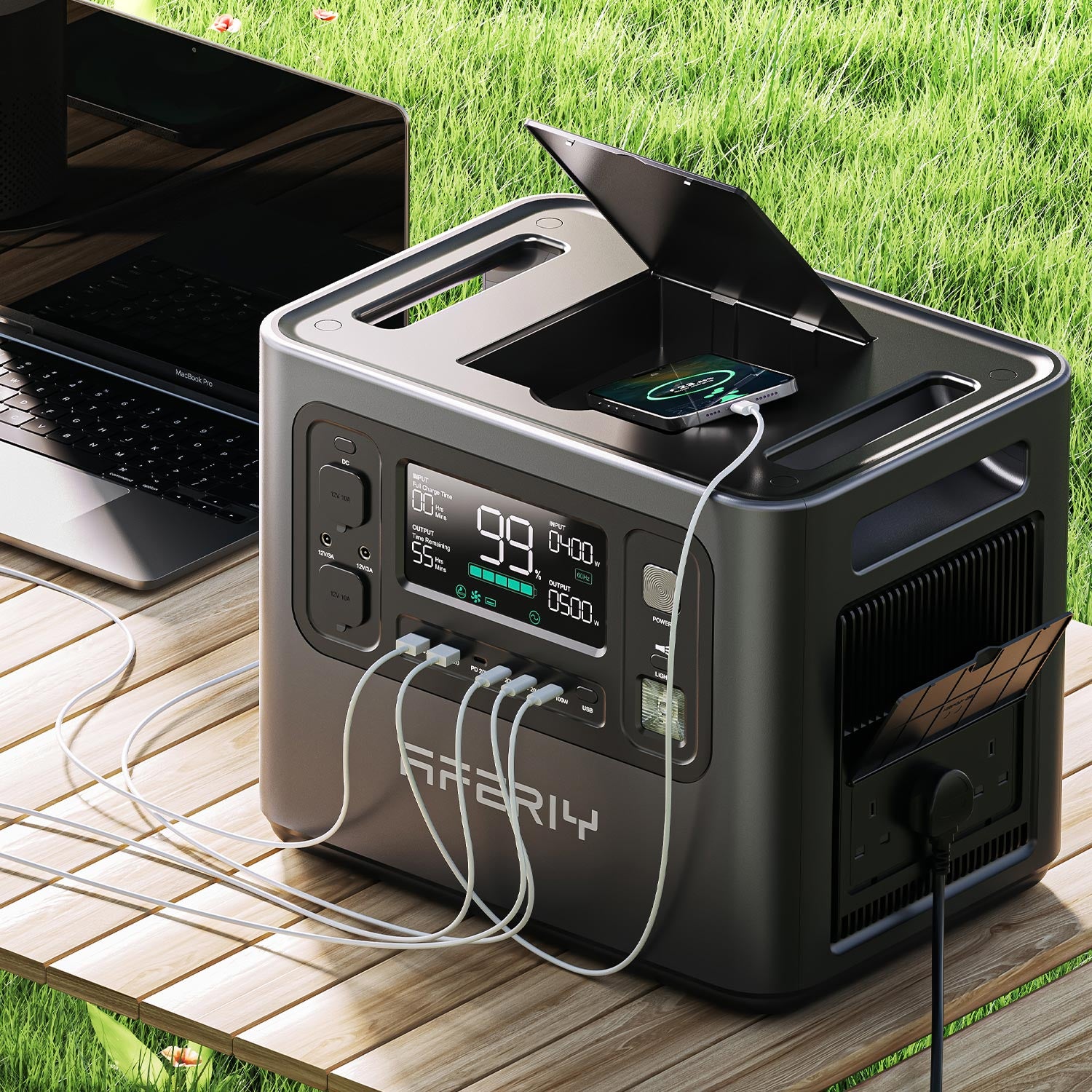
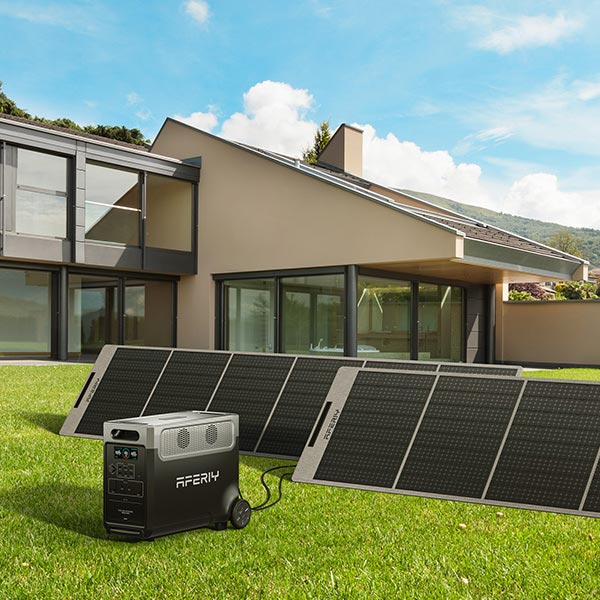

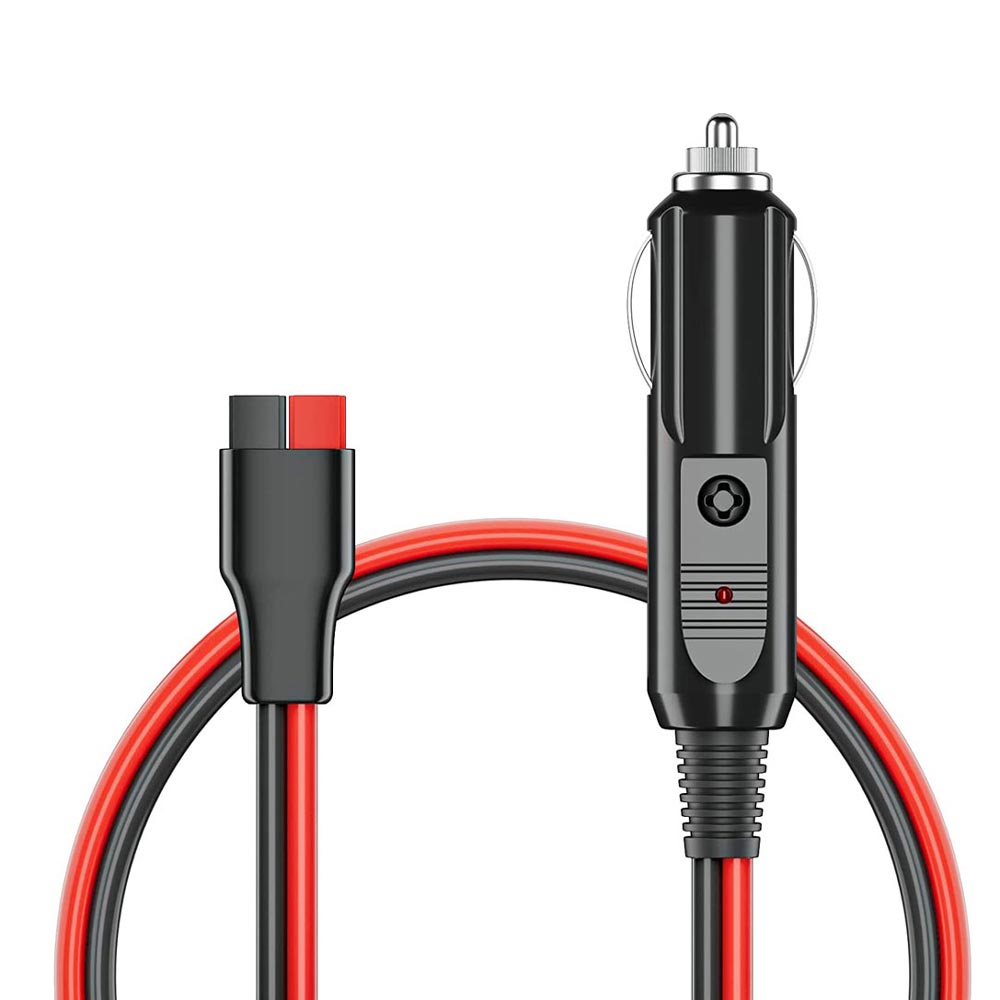

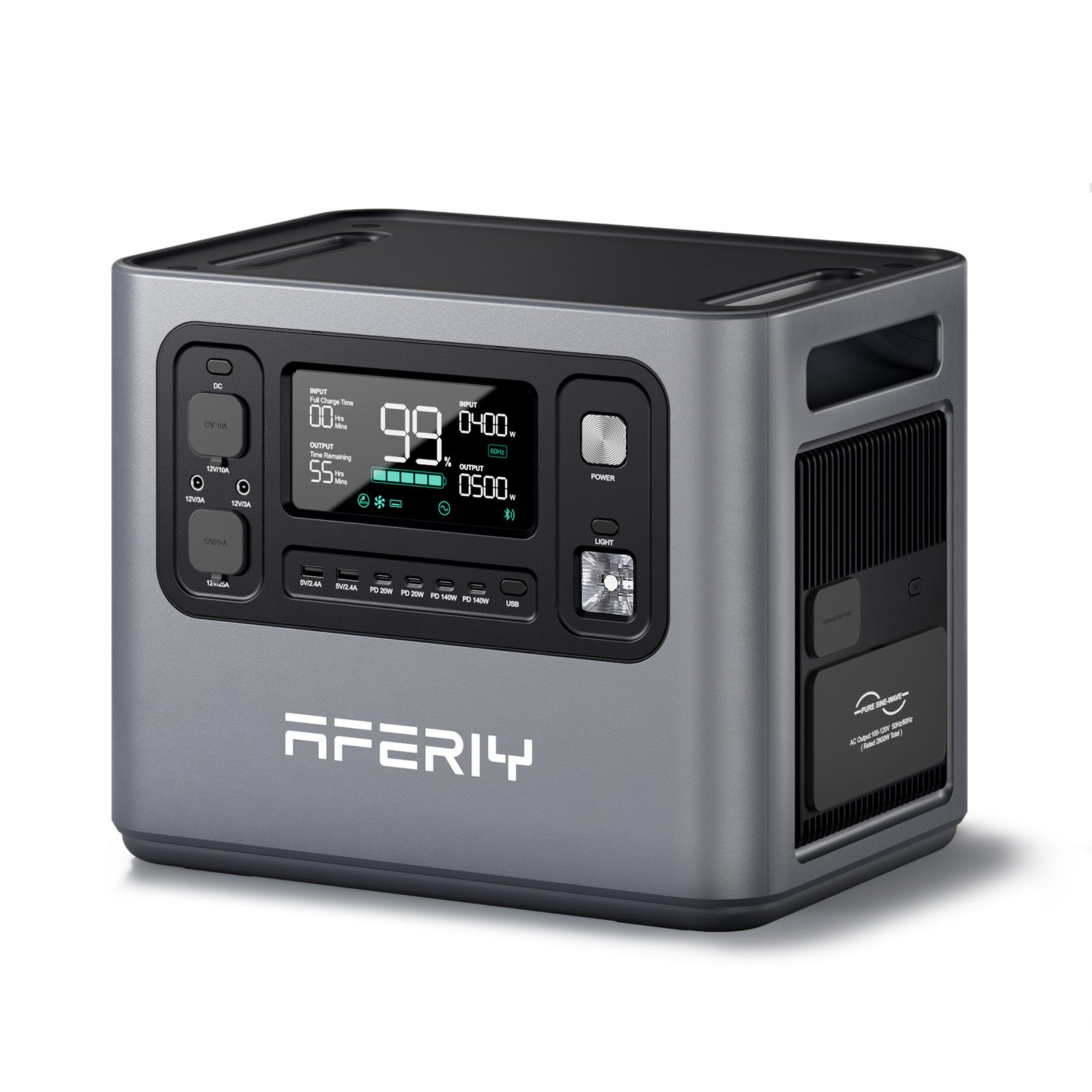
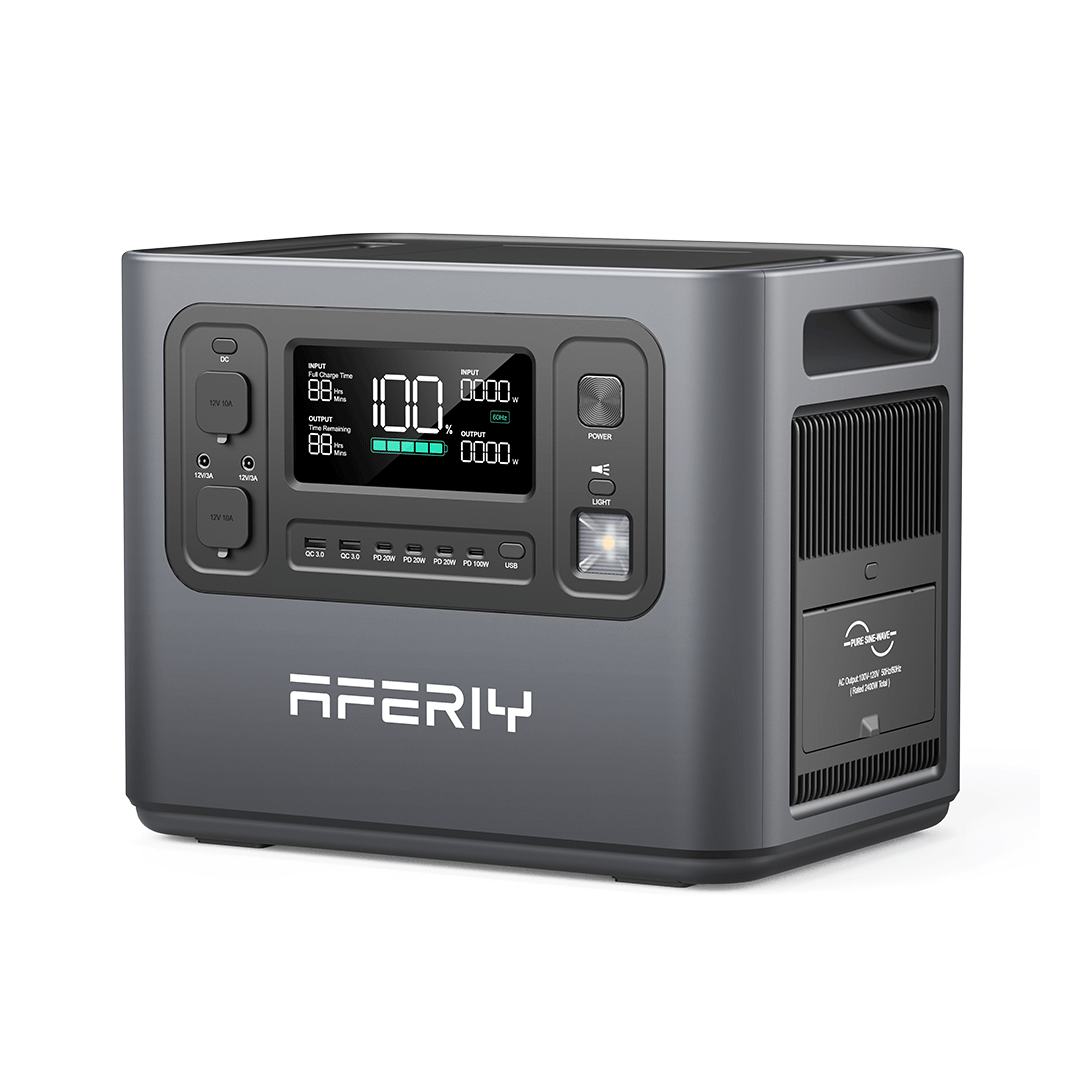
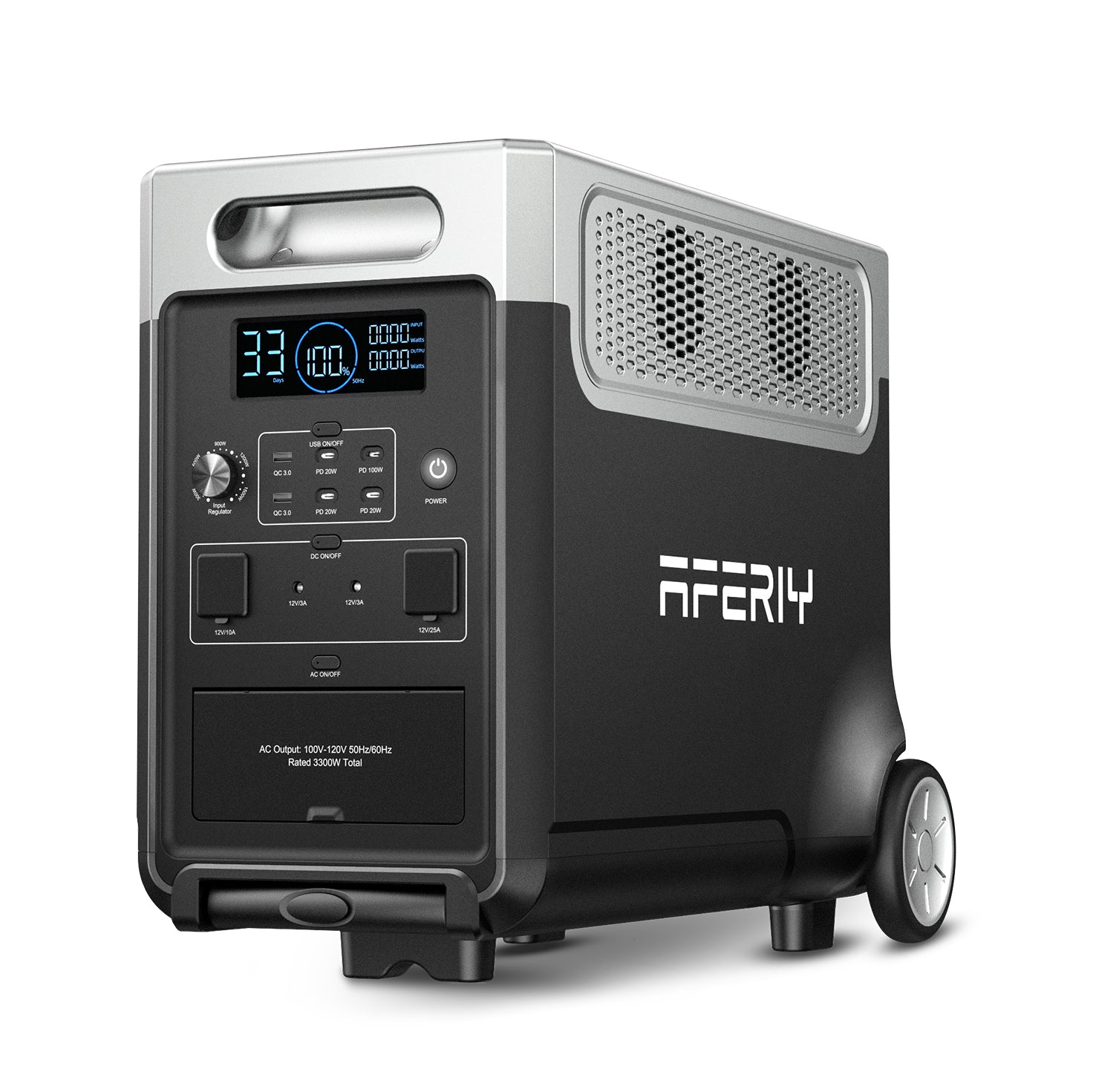
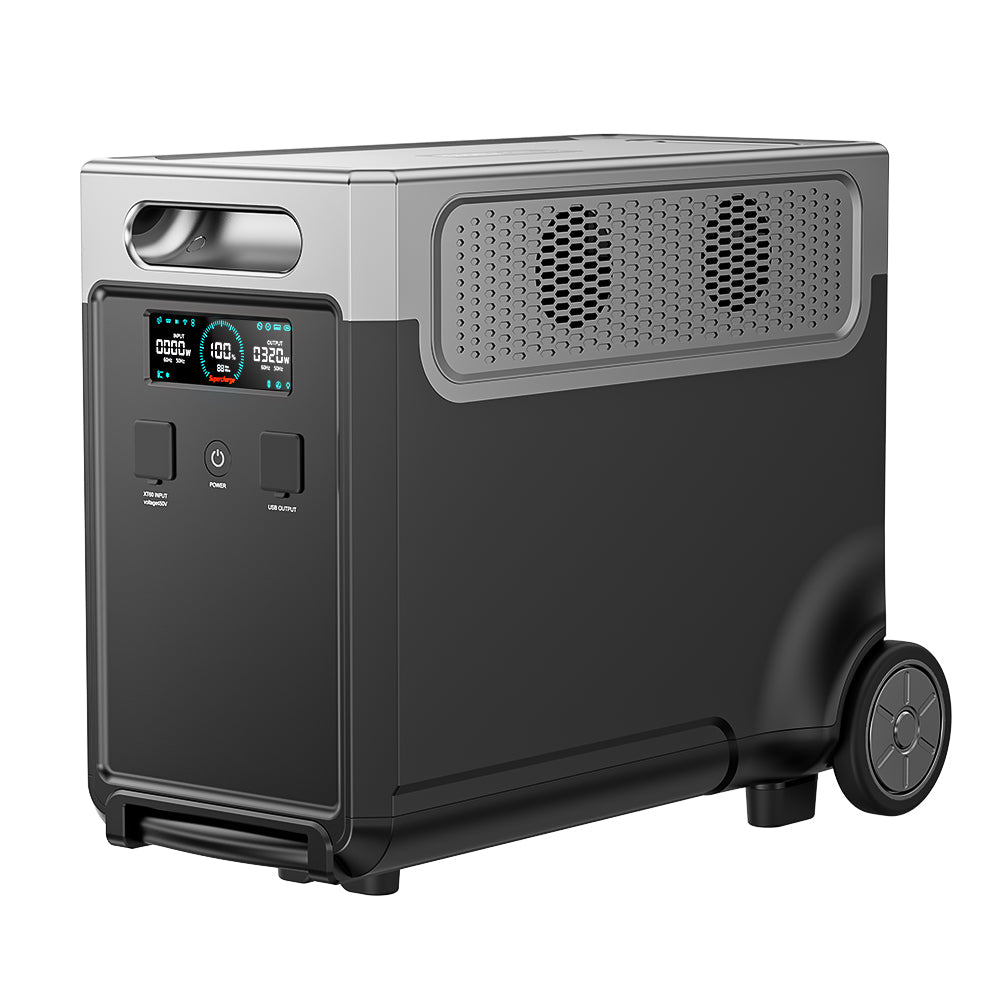
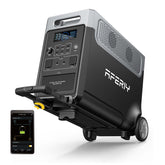
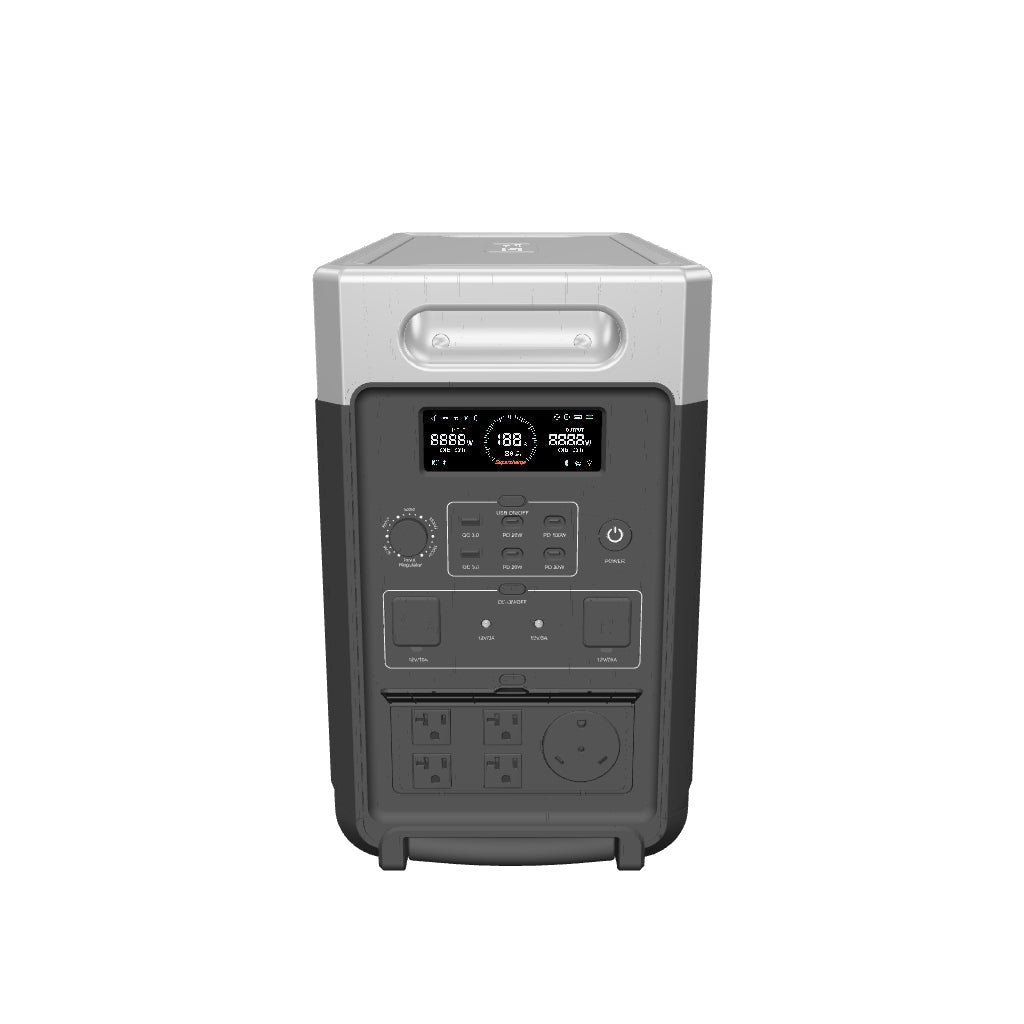
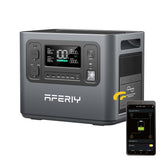
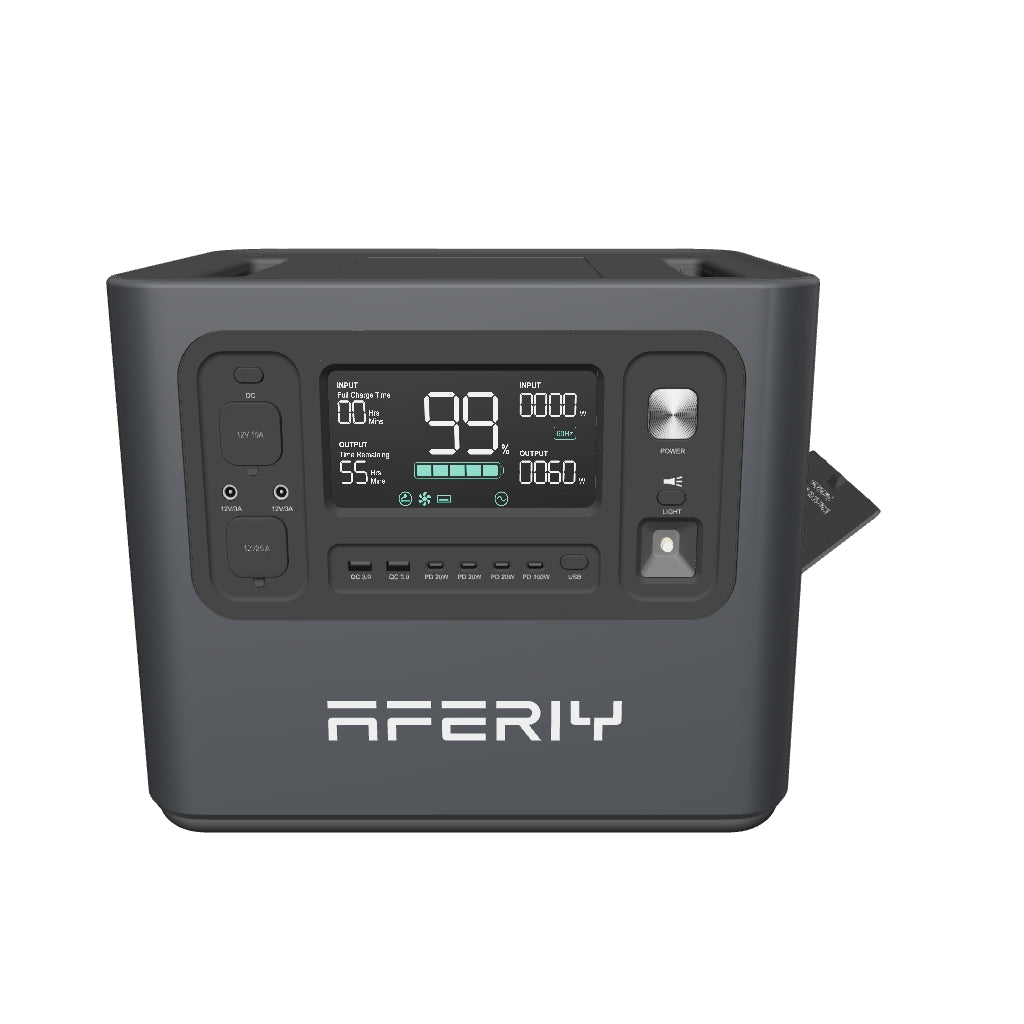
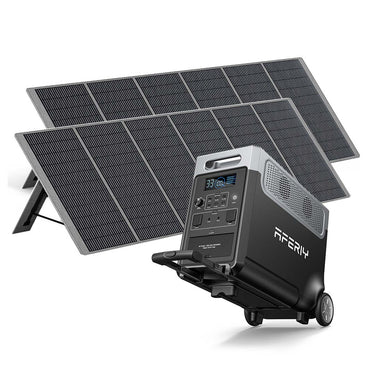
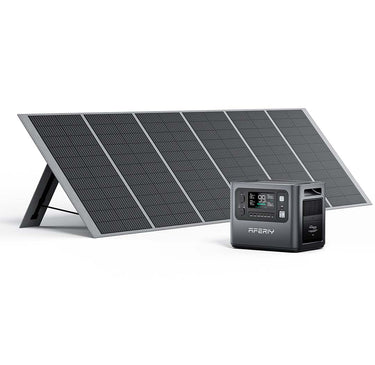
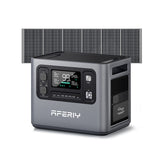

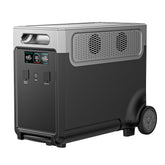

Leave a comment
Please note, comments need to be approved before they are published.